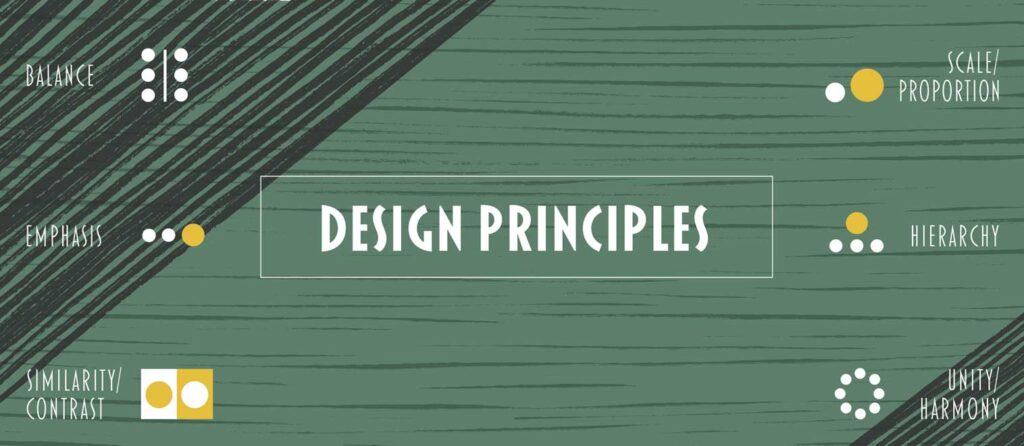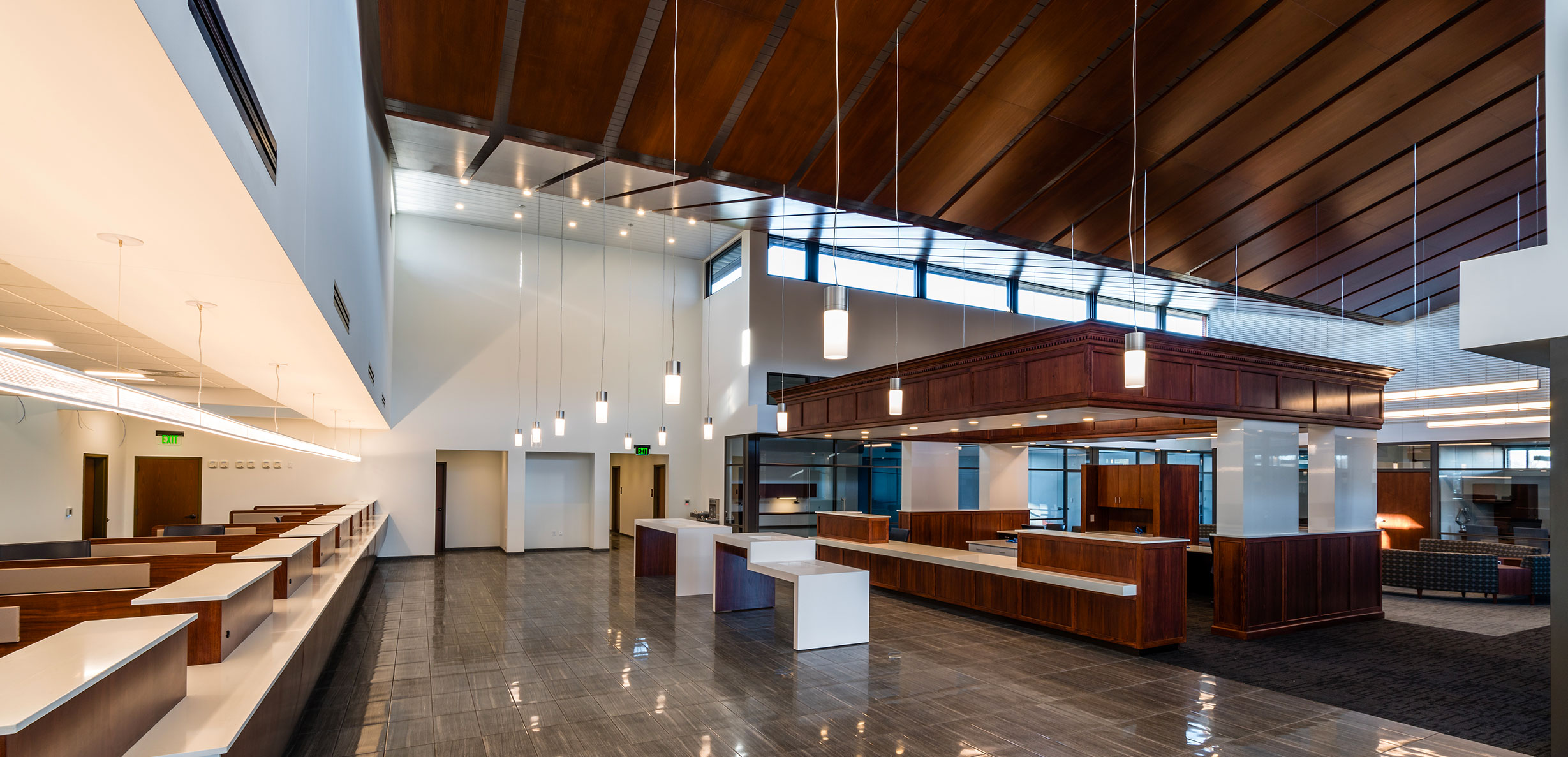When it comes to how we experience our world, how well it was designed is fundamental. Architectural design affects our immediate functional lives, it is the physical art in which we live, and that which ripples out to flavor our communities and provide unique places across the globe.
Buildings reward their occupants with beauty as well as comfort, shelter, and usability. The principles of good design have not changed much over the course of recorded architectural history. The best buildings were the result of thoughtful, critical processes that created better buildings, which created better communities, which made for an overall better environment.

In the last 10 years, studies have provided evidence that well-designed buildings deliver tangible social and economic benefits to those who use them and invest in them. Color influences attitudes and behaviors. Schools studies have shown it to improve attentions spans, academic achievement, and reduce absenteeism. Lighting has been proven to affect behavior and health. Daylighting has been shown to improve outlook and general well-being. Patients with access to daylight and external views have been noted to require less medication and recover faster.
// Color influences attitudes and behaviors //
Energy efficiency can significantly save on annual utility costs freeing up the budget for other needs. Design fees are usually just a small fraction of the total cost of construction, and they fade into insignificance when measured against the operating costs of the building over its whole life.

The kind of building a business inhabits is a reflection of its values and standards. A well-designed building is more than a business expense. It is a tool to promote and foster that business. Buildings must be functional AND positively support the human activities they shelter. Hospital design supports the healing process, school buildings play a major part in the effectiveness of the education being delivered, public buildings must support the community, and housing must be adaptable to our lifestyles. A good designer can turn a building into a tangible asset. From an expense to a revenue generator.

Beyond buildings, how our streets, parks, and open spaces are planned and designed has a direct impact on our feelings of identity, belonging, and personal safety. They define our experience of an urban environment just as much as the buildings in it. They strongly influence how we feel about a neighborhood, and whether we want to spend more time there, or even live or work there. For that reason, they can make or break local economies. Our communities explain who we are and what we value as collective citizens.
It may be hard to remember as you are driving down a road littered with billboards and strip malls, but architecture seeks to uplift the human spirit. When you do encounter excellent design, it grabs your attention and you remember it. Architecture is a substantial public act. Unlike music or literature, bad buildings don’t just come and go. They hang around. Architecture that survives connects people across generations and across the globe with physical touchpoints.
// Architecture is a substantial public act //
Architecture that seeks only to minimize the cost per square foot treats people as consumers and beauty as an unnecessary accessory. To only comply with codes or zoning propagates an uninspired environment. Poorly designed buildings sink the spirits of those who live and work in them and can defeat the purpose of the building itself.
Consider the bland suburbs where the major intersections are populated by the same chain stores the vary little from one place to another. Uniqueness makes a place special. When that is lost, the societal consequences are significant though often unnoticed. Loss of connection to a place and its community can lead to isolation, despair, and antisocial behavior. Good design is an investment that pays for itself over a building’s lifetime and can prosper communities for generations. Even God thought it was important.
Architect David Rockwell on the Importance of Design
In the book of Exodus, God specifically describes the design and construction of the tabernacle (His house on earth). The instructions included functional and decorative elements. He gave the size, the layout, the materials, the colors, even the hardware to connect it together. And He went so far as to designate 2 people with the skills and ability to carry out the work. God not only specified the building, but also what goes in it, who would build it and where it would be located.
Given His ultimate creation was people and buildings house people, then truly worthy architecture will honor people. Even if you don’t cotton to the idea of God or gods, the natural universe embodies good design. However, it got there.
The synergy of functional with beauty is what speaks to our spirits and becomes a source of joy. None of this is new. It has been said before but sometimes it helps to be reminded of how good design impacts all of us. Every day.
Interested in checking out some of our Architecture department’s work?
